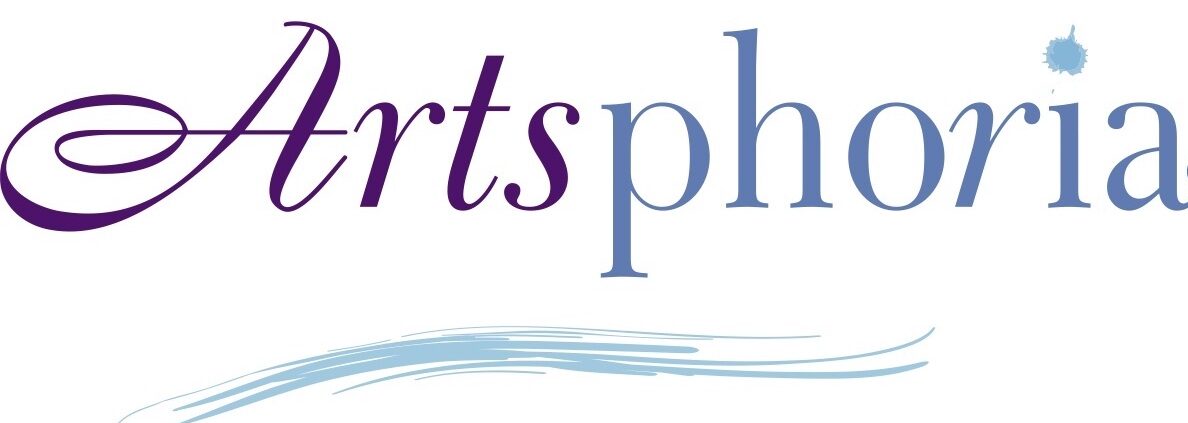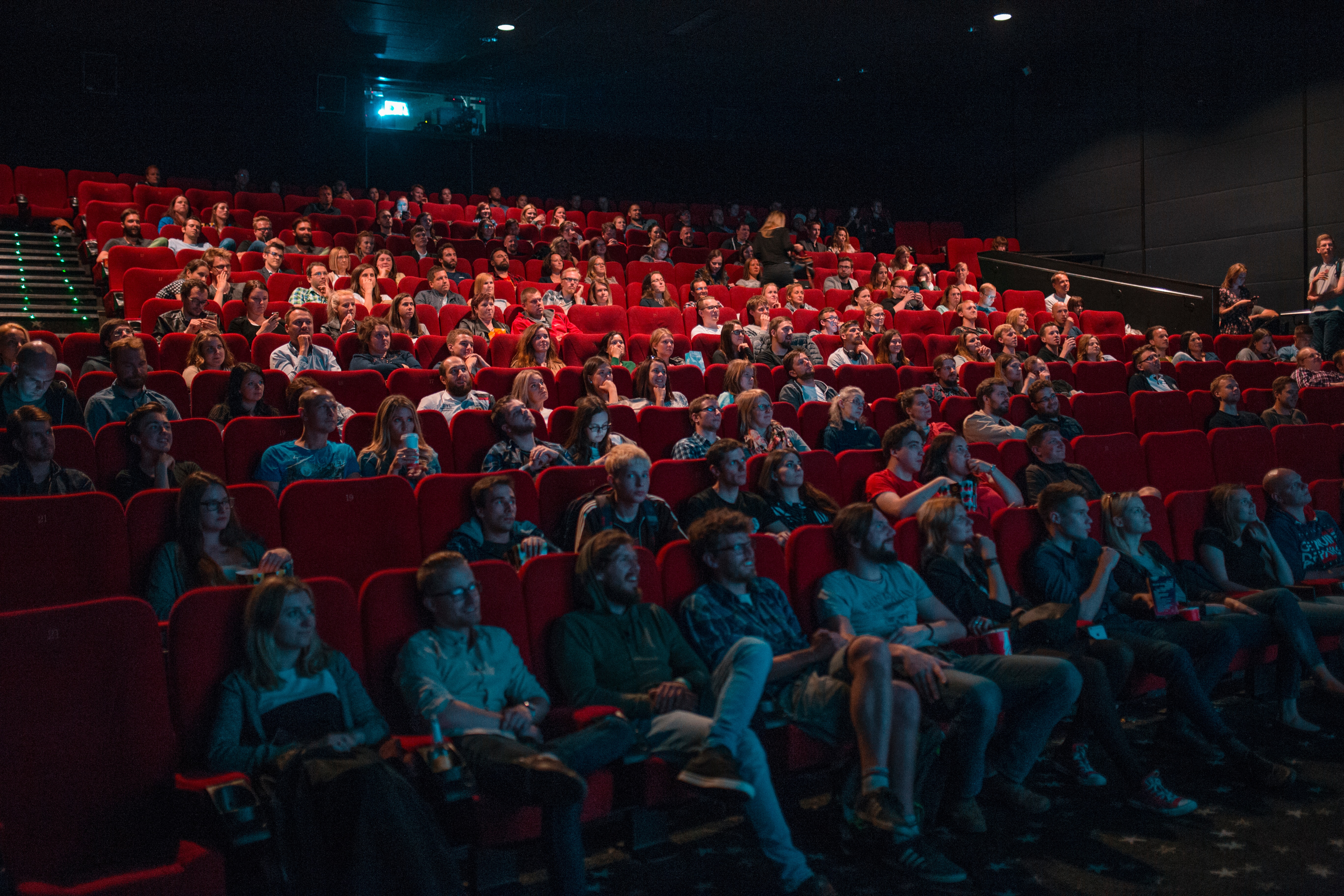By Andrea Karen Hammer
When you attend an outstanding event, you try to remember the important details or jot down a few quick notes to revisit later. However, while trying to absorb new information, retaining key points from even the most instructive program can remain a challenge.
Fortunately, Artsphoria Event Planning, Marketing & Reporting covers special events and preserves helpful tips, which might otherwise disappear as a distant memory. As a case in point, Toby Shimin‘s insights about “The Art of Editing the Feature Documentary” highlight the value of an editor–or someone with an objective eye–on the development, distillation and refinement of any project.
The film editor, who spoke during the Sundance Institute’s Nonfiction Filmmaking Session in Philadelphia, has worked on numerous films that have premiered at the Sundance Film Festival. They include How to Dance in Ohio (which won a Peabody Award), A Leap of Faith, Martha & Ethel, Miss America, Everything’s Cool and the Sundance Film Festival Audience Award-winning films Out of the Past, This Is Home and Buck. Her most recent film, Ernie & Joe, will premiere on HBO this fall.
Editing Process: Essential to Discovering a Story
During her presentation in Philadelphia, Toby Shimin said that the editing process is essential to discovering a story. While the film editor is screening material, she is hyper-organized in the creation of topic folders and starts to think about themes or the “film inside the film.”
When reviewing film clips, Shimin stressed the importance of paying attention to what is transpiring non-verbally. She talked about her “granular” and internal process while absorbing information. The film editor recognizes that something is good when she “leans in” and wants to know what is going on in a scene.
In particular, Shimin said that the 7-minute marker during a film is a critical point establishing why viewers should care. At that point, she added, the audience will decide if they are going along for the “ride.”
Potential Pitfalls and Key Points About Film Editing
According to Shimin, editors need to remain mindful of potential pitfalls. Some dangers include remaining in their own head and forgetting what a new audience doesn’t know. The film editor added that she couldn’t overemphasize the value of an early screening–even a rough draft or the first half of a documentary.
Shimin, who started her career as a sound editor, noted that music can be done subtly to help viewers feel different emotions. One of her favorite techniques is layering music and sound effects. The film editor pulls audio cutaways that she thinks are important, even if their use isn’t initially evident.
“They do the emotional work when embedded in a scene,” Shimin said. “Music can be overused but can do the work establishing the right tone and movement.”
At the end of her presentation during the Sundance Institute’s Nonfiction Filmmaking Session in Philadelphia, moderator Richard Ray Perez compared the editing process to a found object sculpture. He added that Shimin’s points illustrated what an artist and editor can bring to a film project.
“It’s about trauma, healing, profundity and transformation,” he said.
Shimin added that her job as an editor is to be a “proxy for the audience. I’m only reacting to what’s coming across on screen.”
Before the session wrapped up, the film editor described how some directors of photography worry about general coverage. She said that they may focus on someone’s hands when everything is happening in the face. Instead, Shimin asked that they remain sensitive to body language and focus on a key question:
“What is the dynamic unfolding in front of you?”
To read more about sessions at the Sundance Institute’s Nonfiction Filmmaking Session in Philadelphia, see:
Intro to Sundance Philadelphia Session and “Elements of Effective Nonfiction Films”
Sundance Philadelphia Nonfiction Filmmaking Session: “Navigating the Funding Landscape” Panel
Then, check out Artsphoria Events & Media Group, for another update about this outstanding and memorable event soon!
Information About Event Coverage to Create a Lasting Record
Would you like an experienced arts and business reporter to cover your special event? Are you interested in a feature with detailed event coverage or advertising displays on Artsphoria’s sites and social media channels?
For more information, contact Founder & CEO Andrea K. Hammer, an experienced arts and business writer, at artsbiz@protonmail.com.


[…] Special Event Coverage With Applications for All Types of Projects […]